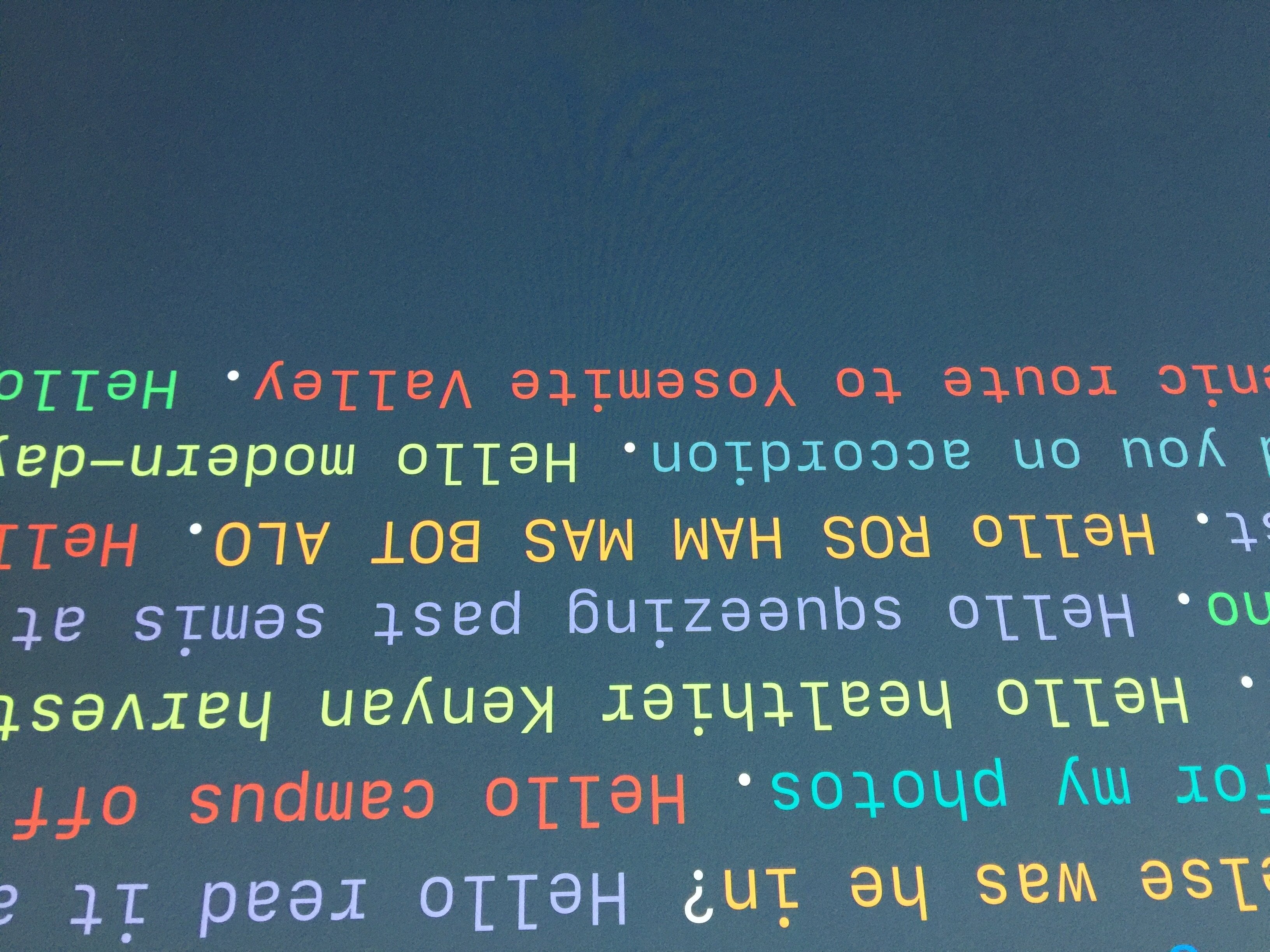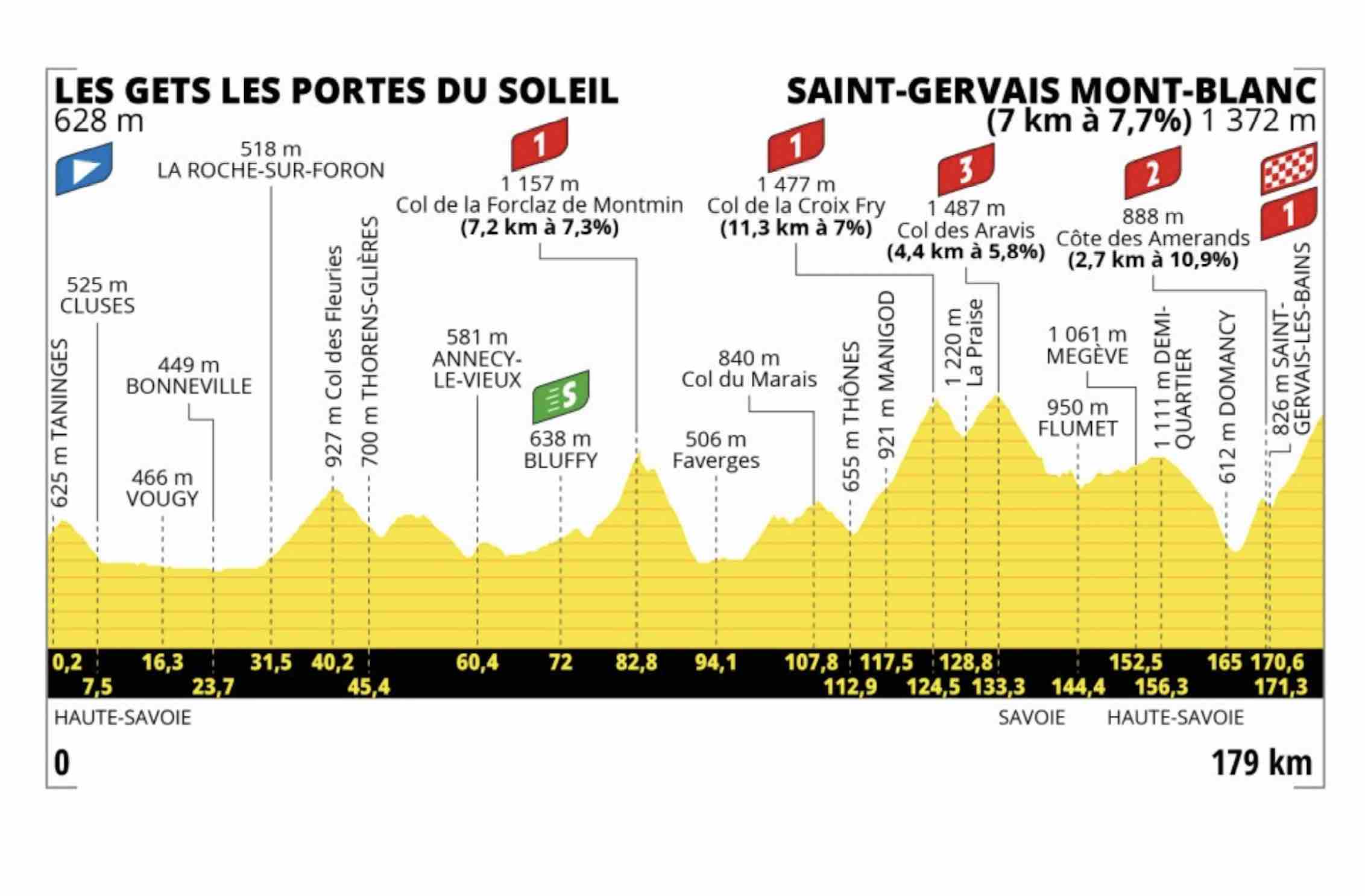Improved Flood Alert Systems: Advancements In Flood Prediction And Warning

Table of Contents
Enhanced Flood Forecasting Models
Accurate flood forecasting is the cornerstone of any effective flood alert system. Recent advancements have dramatically improved the precision and timeliness of flood predictions.
Integration of Real-time Data
The integration of real-time data from various sources is revolutionizing flood forecasting. This includes:
- Satellite imagery: Provides a broad overview of flood extent and rainfall patterns.
- Radar data: Offers high-resolution information on rainfall intensity and movement.
- Sensor networks: River gauges and rain gauges provide crucial ground-level data on water levels and precipitation.
This combination of data sources provides increased accuracy, improved spatial resolution, and allows for faster data processing, enabling quicker and more precise flood forecasts. The speed at which this information is processed and analyzed is critical, giving communities more time to prepare and evacuate if necessary. Real-time data significantly minimizes the uncertainties inherent in traditional forecasting methods.
Advanced Hydrological Modeling
Advancements in hydrological modeling techniques are equally important. Modern models now incorporate a wider range of factors including:
- Soil moisture: Accounts for the land's capacity to absorb rainfall.
- Land use changes: Considers the impact of urbanization and deforestation on runoff.
- Climate change projections: Integrates climate models to predict future flood risks.
Improved model calibration and validation, the use of ensemble forecasting (running multiple models to get a range of possible outcomes), and sophisticated uncertainty quantification techniques all contribute to more reliable and precise flood predictions. These advancements allow for a more nuanced understanding of flood risk, enabling better targeting of resources and preventative measures.
Improved Dissemination of Flood Alerts
Even the most accurate flood prediction is useless if the alert doesn't reach those at risk. Improvements in alert dissemination are critical for effective flood risk management.
Multi-channel Communication Strategies
Modern flood alert systems employ a multi-channel approach to ensure wide reach and accessibility. This includes:
- SMS text messages: A reliable way to reach a large number of people quickly.
- Mobile apps: Provide location-specific alerts and other vital information.
- Social media platforms: Utilize the widespread reach of social media to disseminate warnings.
- Sirens and public address systems: Effective for immediate warnings in high-risk areas.
- Television and radio broadcasts: Reach a broad audience, especially those without access to mobile technology.
Targeting specific vulnerable populations (elderly, disabled, low-income communities) with tailored messages and ensuring multilingual alerts and accessibility features are paramount. Effective communication is about reaching everyone at risk, efficiently and effectively.
Personalized and Targeted Warnings
The future of flood warnings lies in personalization. Location-based warnings, integrated with mapping technologies, ensure that alerts are hyperlocal and extremely precise. Integration with emergency management systems allows for a coordinated response. The benefits of personalized alerts based on individual risk factors and location are clear: reduced response times, improved safety, and minimized panic. These advancements ensure that only those truly in harm's way receive warnings, avoiding unnecessary disruption and reducing alarm fatigue.
Community Engagement and Preparedness
Effective flood alert systems rely heavily on community engagement and preparedness. The success of any early warning system hinges on community participation and awareness.
Public Awareness Campaigns
Educating communities about flood risks and preparedness is crucial. Public awareness campaigns should promote:
- Flood preparedness kits: Encouraging individuals to assemble essential supplies.
- Evacuation plans: Developing clear plans for safe evacuation routes and assembly points.
- Community drills: Simulating flood events to practice response procedures.
Informed communities are better equipped to respond to flood alerts, minimizing losses and improving safety. This proactive approach to flood risk management is essential for building resilient communities.
Citizen Science and Crowdsourcing
Citizen science initiatives play a vital role in enhancing flood alert systems. This includes:
- Reporting flood events: Citizens can provide real-time information on flood conditions.
- Sharing local knowledge: Local expertise on flood-prone areas and drainage systems can improve model accuracy.
- Verifying flood predictions: Ground-level observations can help validate predictions and improve future forecasts.
Community participation enhances the accuracy and effectiveness of flood alert systems. This collaboration between citizens and experts builds a more comprehensive and resilient approach to flood risk management.
Conclusion
Significant advancements in flood prediction and warning technologies have led to considerable improvements in flood alert systems. Accurate forecasting models integrating real-time data and advanced hydrological modeling techniques, coupled with improved multi-channel communication strategies and personalized warnings, are transforming the way we respond to flood risks. However, the success of these systems depends equally on community engagement and preparedness. Public awareness campaigns and citizen science initiatives are crucial for building resilient communities better prepared to cope with the devastating effects of floods. Learn more about your local flood risk, sign up for flood alerts, and participate in community preparedness initiatives. Investing in and continually improving improved flood alert systems is an investment in a safer future for all.

Featured Posts
-
 Jadwal Moto Gp Argentina 2025 Di Trans7 Saksikan Aksi Para Pembalap
May 26, 2025
Jadwal Moto Gp Argentina 2025 Di Trans7 Saksikan Aksi Para Pembalap
May 26, 2025 -
 Apple Confirms I Phone Feature F1 Fans Will Love
May 26, 2025
Apple Confirms I Phone Feature F1 Fans Will Love
May 26, 2025 -
 Le Tour De France Un Nouveau Jeu De Management Cycliste Par La Rtbf
May 26, 2025
Le Tour De France Un Nouveau Jeu De Management Cycliste Par La Rtbf
May 26, 2025 -
 Sunday Memorial Remembering Hells Angels Craig Mc Ilquham
May 26, 2025
Sunday Memorial Remembering Hells Angels Craig Mc Ilquham
May 26, 2025 -
 Paris Roubaix Police Apprehend Spectator Who Threw Bottle At Mathieu Van Der Poel
May 26, 2025
Paris Roubaix Police Apprehend Spectator Who Threw Bottle At Mathieu Van Der Poel
May 26, 2025
Latest Posts
-
 Nba Lifts Ban John Haliburton Returns To Pacers Games
May 28, 2025
Nba Lifts Ban John Haliburton Returns To Pacers Games
May 28, 2025 -
 Tyrese Haliburtons Father Back At Pacers Games Following Nba Ban
May 28, 2025
Tyrese Haliburtons Father Back At Pacers Games Following Nba Ban
May 28, 2025 -
 John Haliburtons Dad Returns To Pacers Games After Nba Ban
May 28, 2025
John Haliburtons Dad Returns To Pacers Games After Nba Ban
May 28, 2025 -
 Samsung Galaxy S25 Ultra Avis Et Prix
May 28, 2025
Samsung Galaxy S25 Ultra Avis Et Prix
May 28, 2025 -
 Ou Acheter Le Samsung Galaxy S25 Ultra Moins Cher
May 28, 2025
Ou Acheter Le Samsung Galaxy S25 Ultra Moins Cher
May 28, 2025
